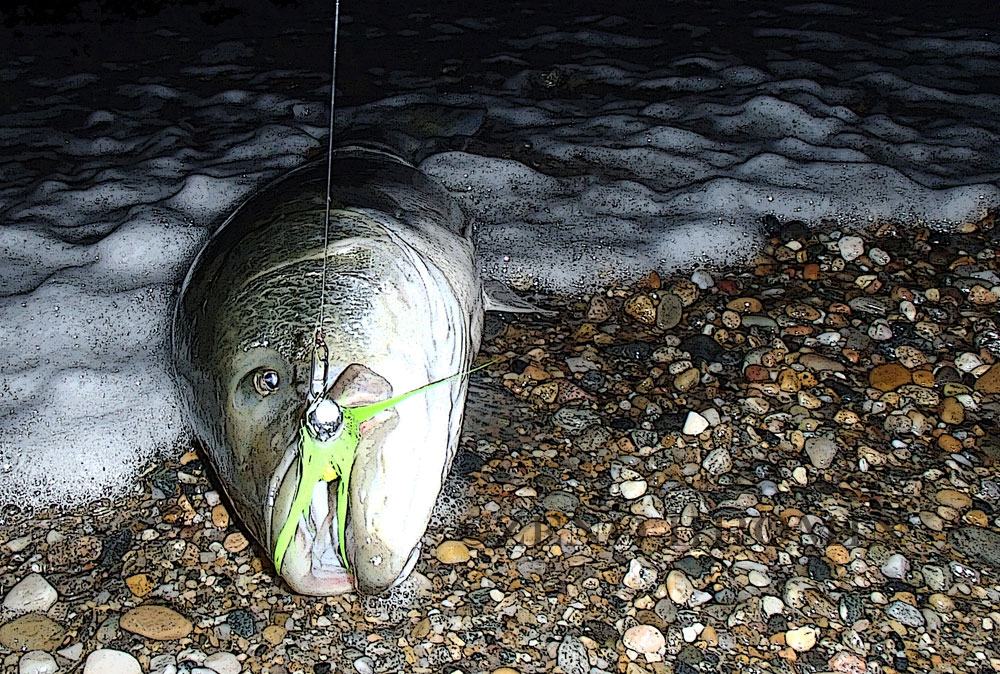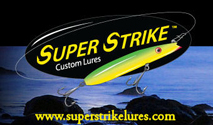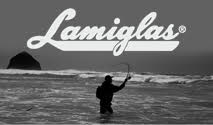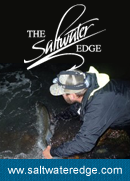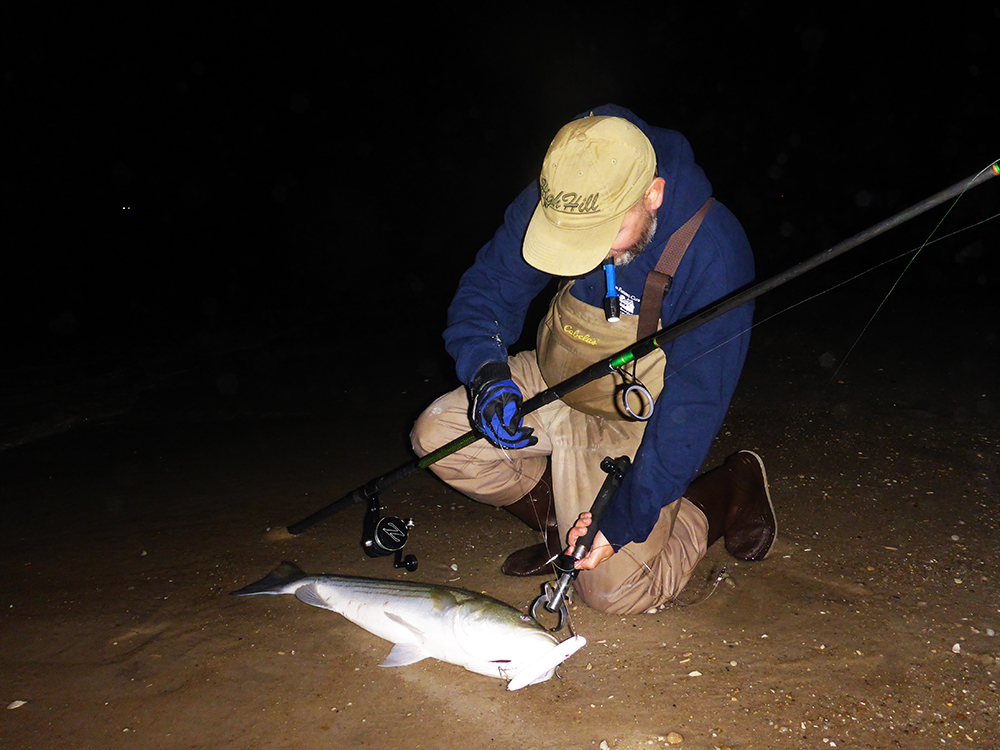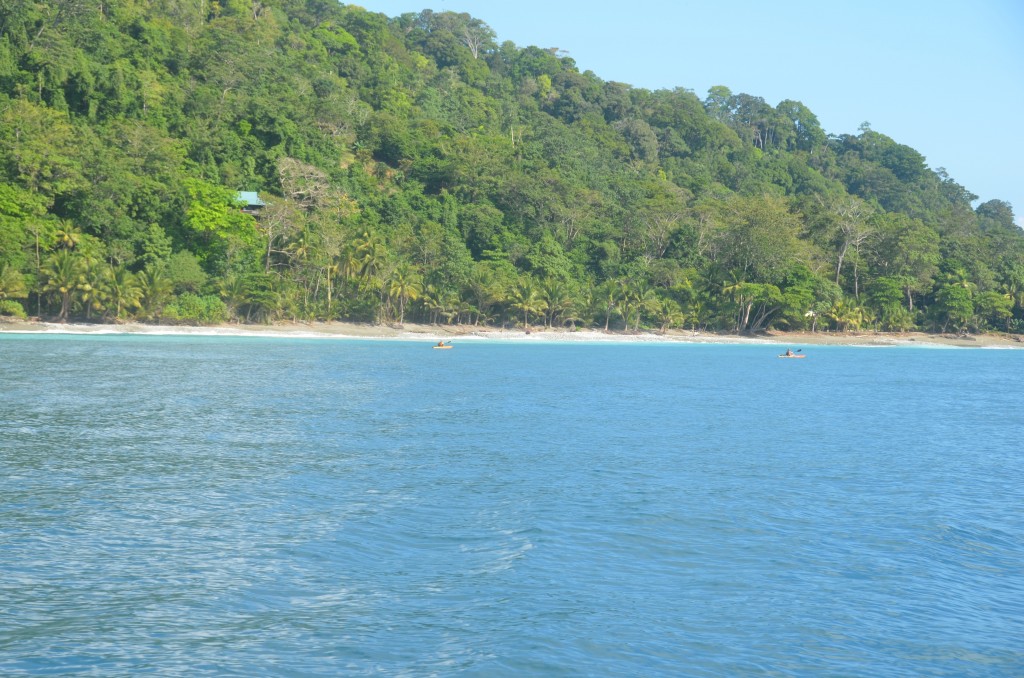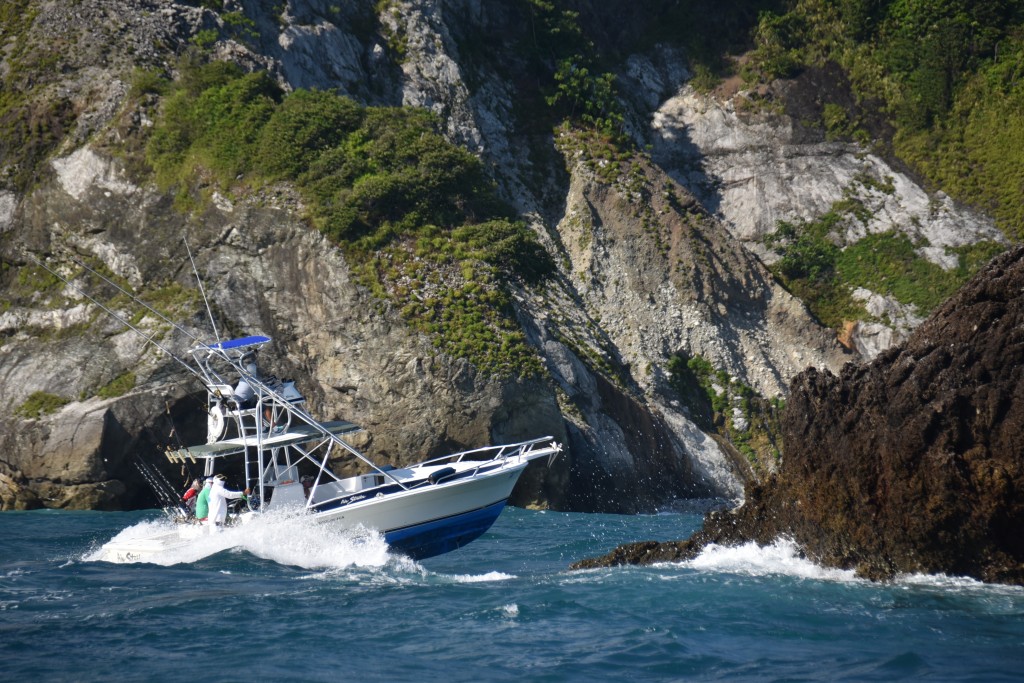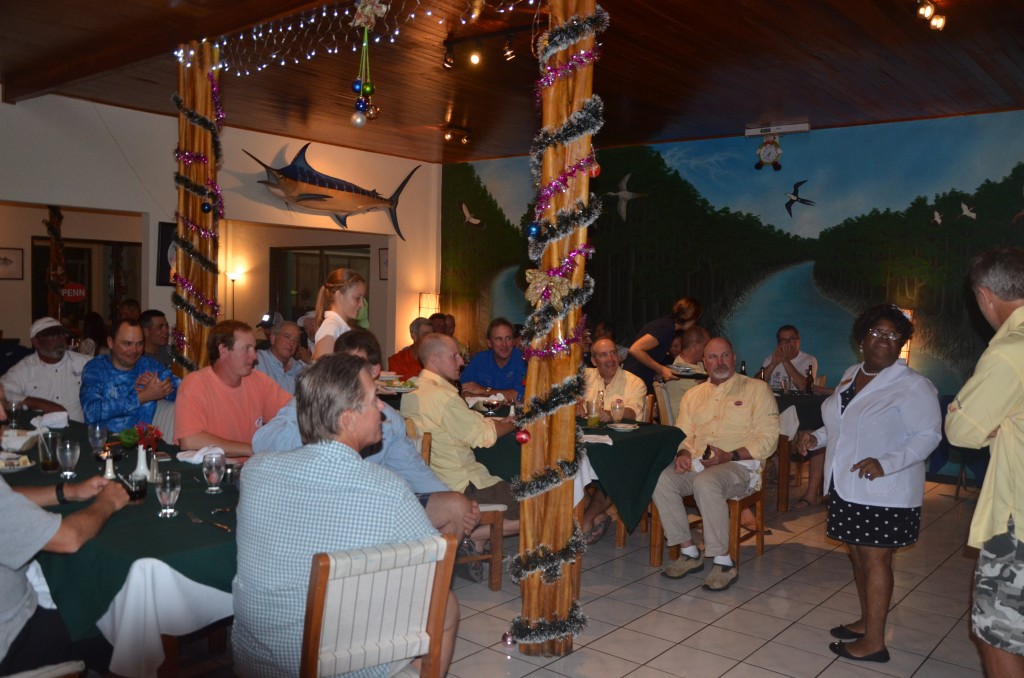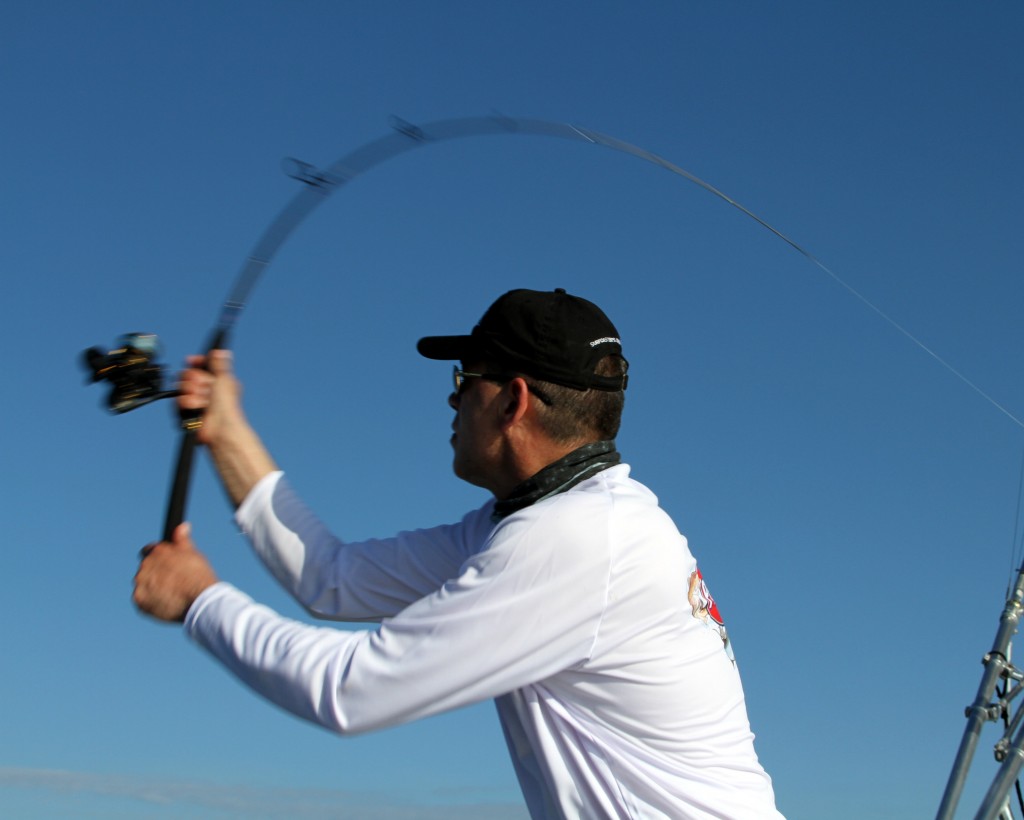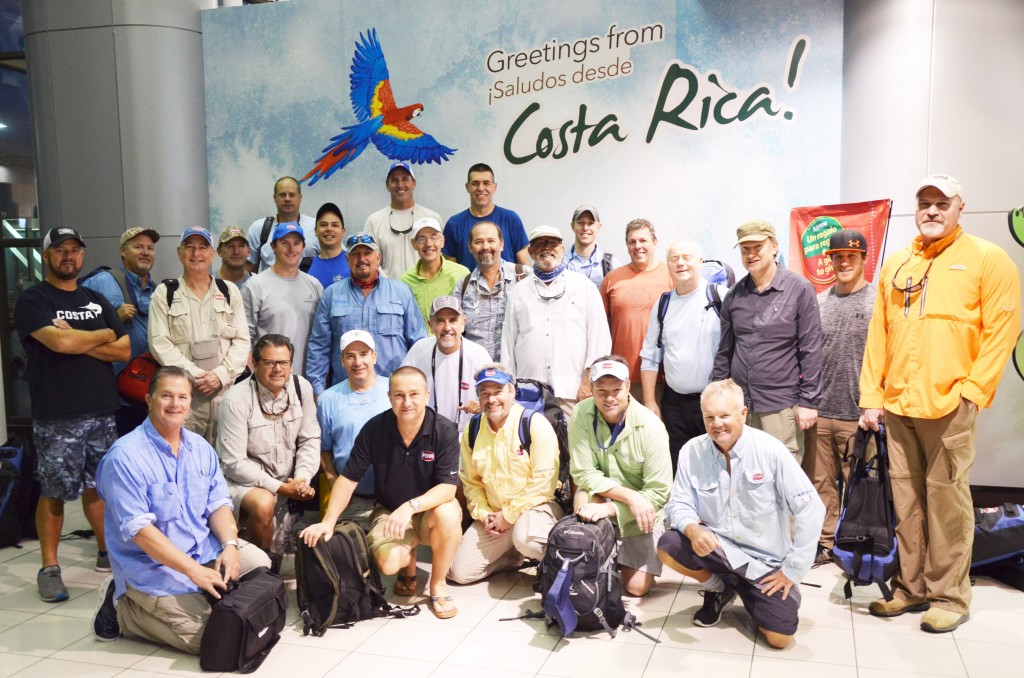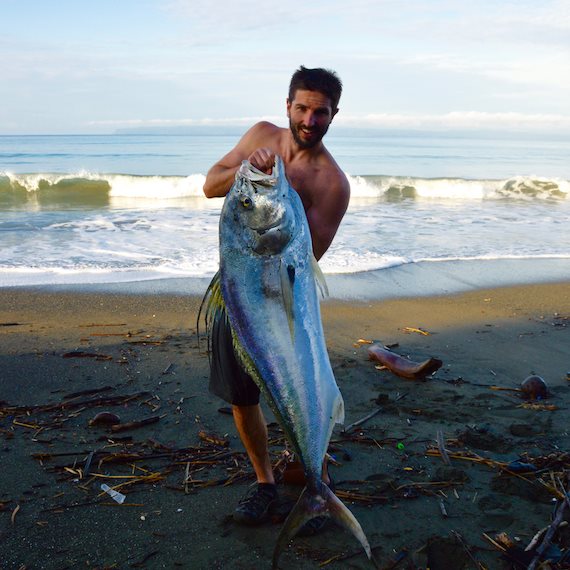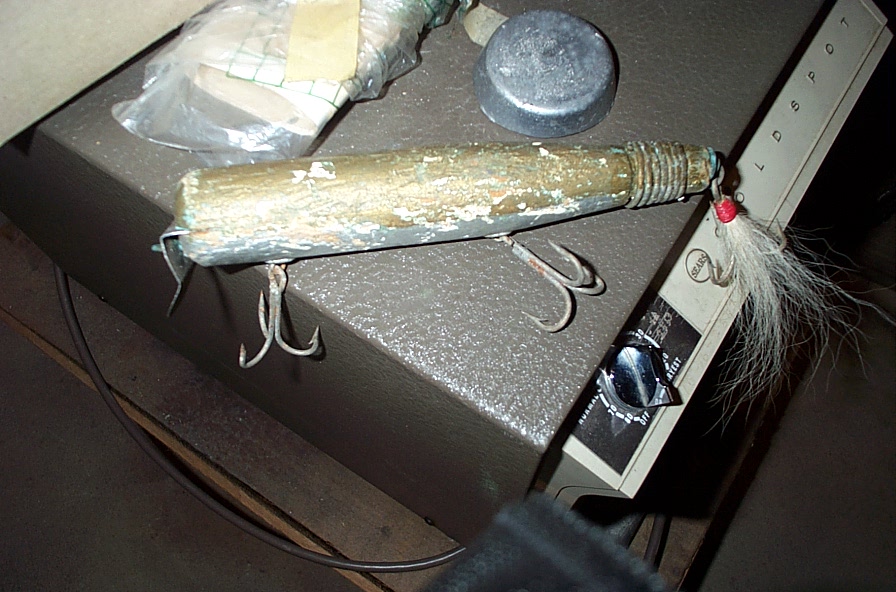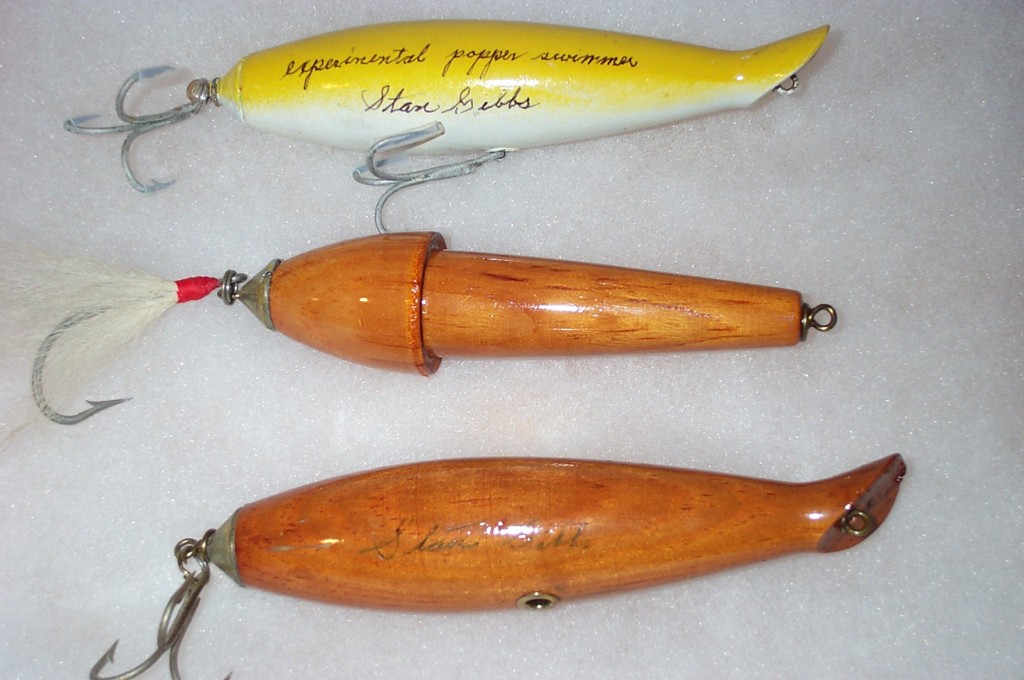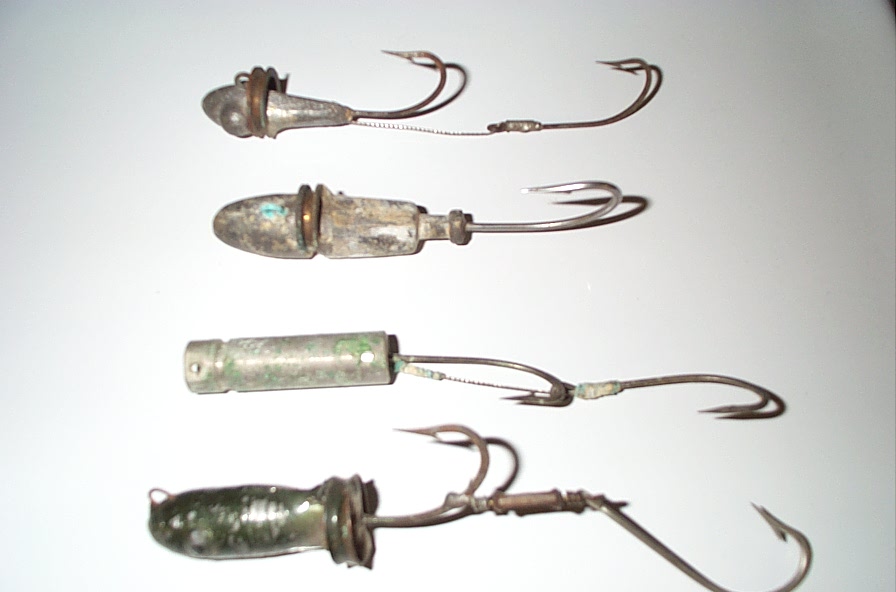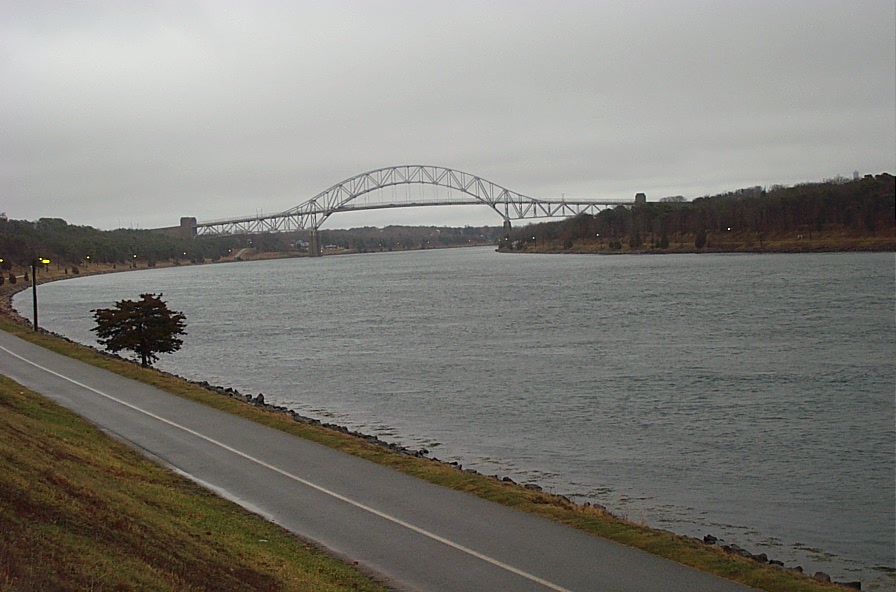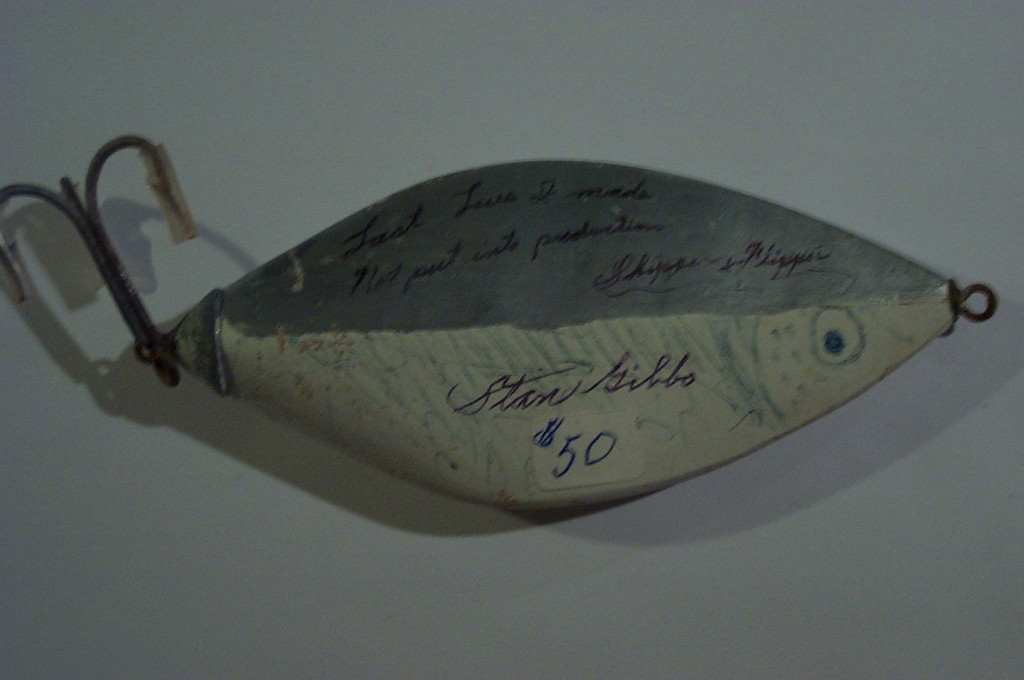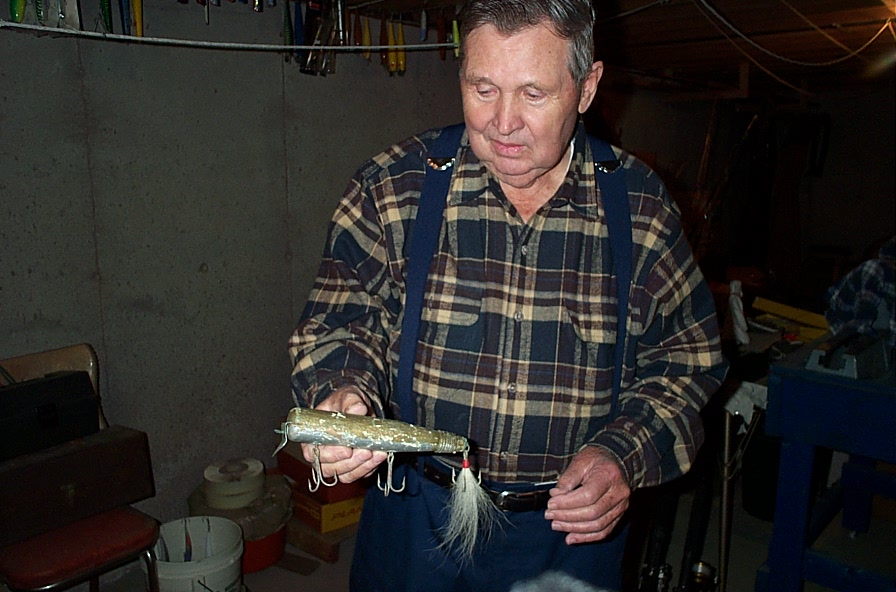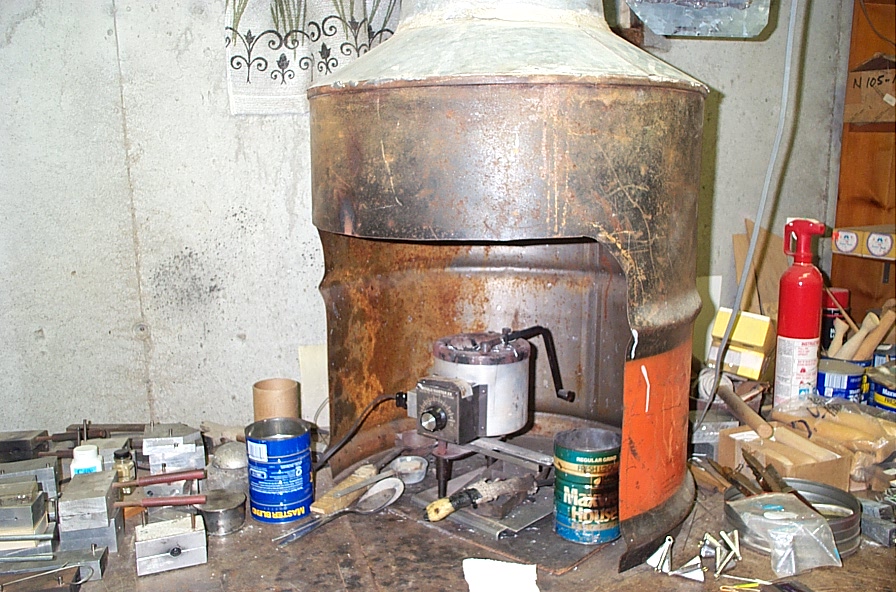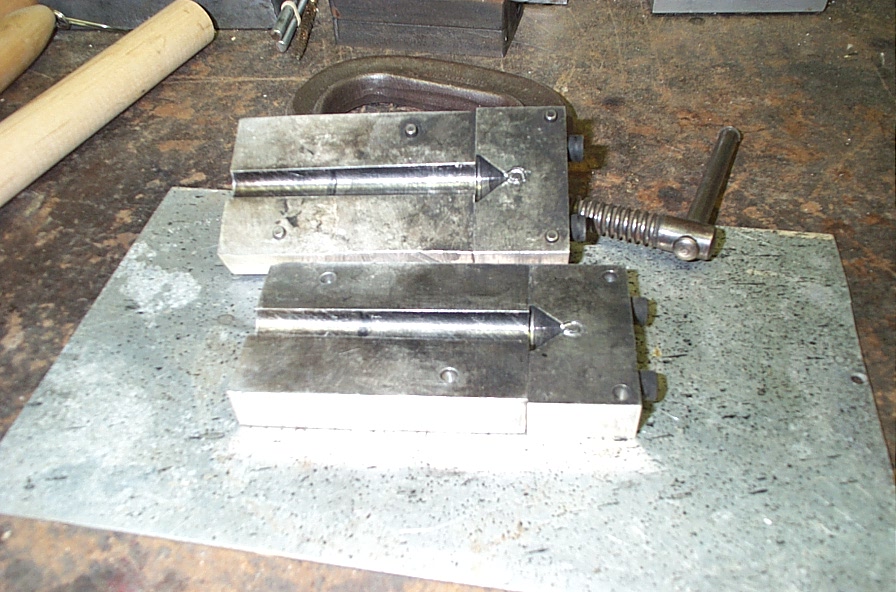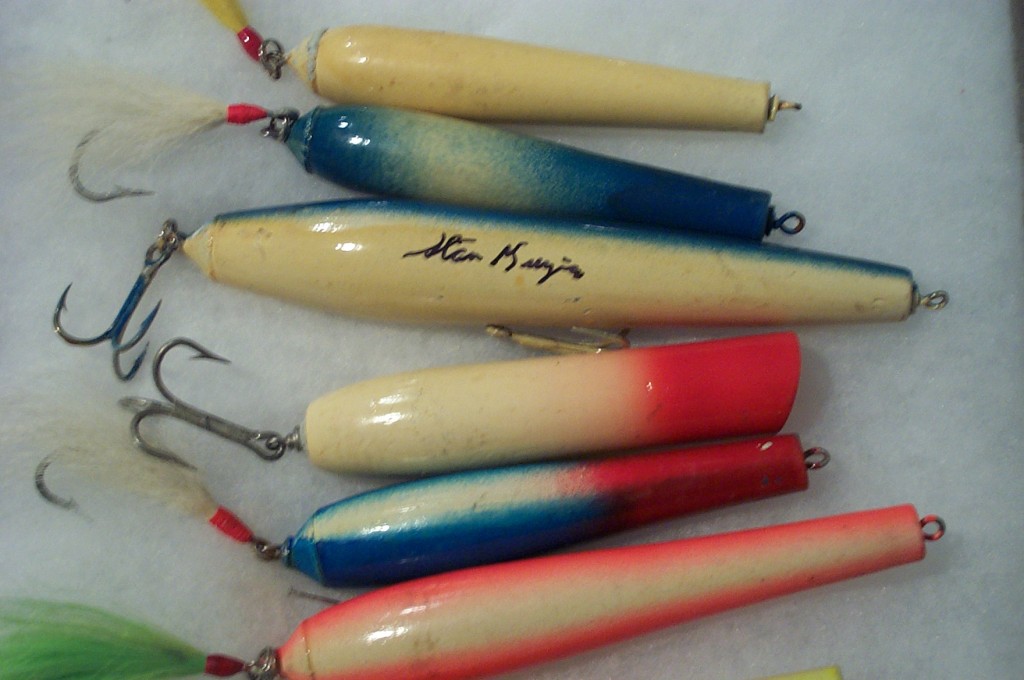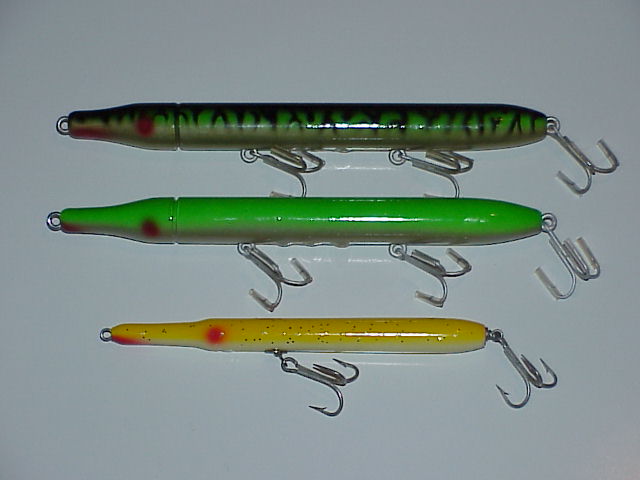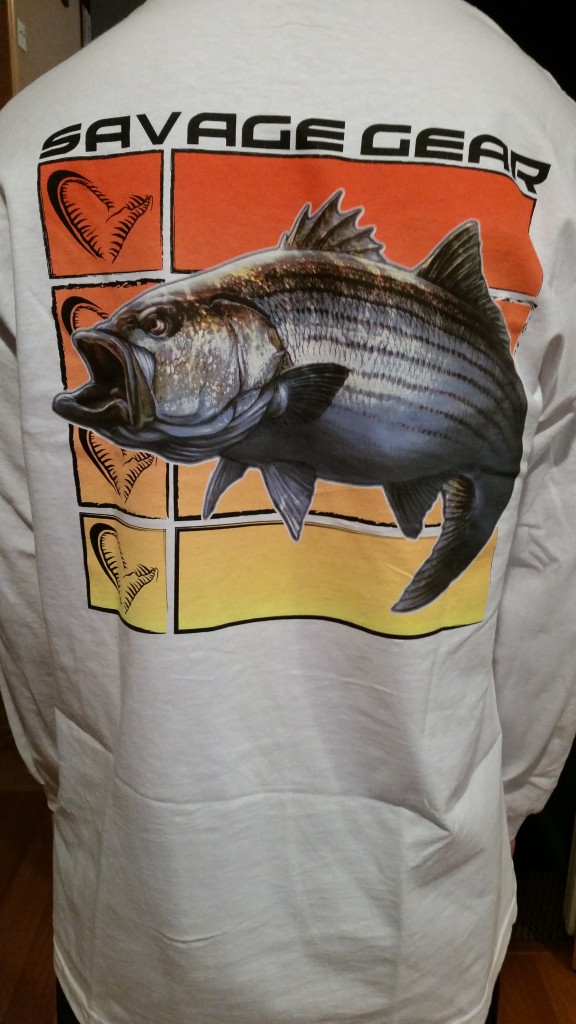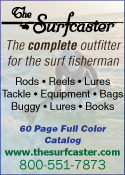As I was preparing for my seminar at RISAA show this weekend on identical topic I came across this article that I wrote a long time ago so I figured I’d share it with you. Thank you all who attended the RISAA show this weekend and thanks to RISAA organization for putting on an awesome show
Choosing a right lure Part I
It is not a secret that a surfcaster is faced with ever-changing conditions in which to he casts his lure. Not only do these conditions change daily and are influenced by wind direction, its velocity, current and fluctuation in tide levels but these conditions often change during a single trip. One minute you are casting your lure towards a distant sandbar at high tide, finding placid conditions and gentle surf. Few hours latter, as water level drop, you might find scenery that looks much different, with white water rolling over now shallow sand bar. Or you might find yourself casting a Bomber in an inlet, canal or breachway at slack water, admiring its movements as it slithering slowly through the water. An hour later, you might find this same lure getting swept by the current too fast to be effective. As you can see, the conditions on any particular beach are constantly changing, and a surfcaster must be aware of them in order to adjust his lure selection and his lure presentation. If you are presented with a sandbar that is high and dry at low water, and will preclude the fish from coming into the through you might have to leave in search of more fertile grounds. Donning a wetsuit and wading onto the bar is another option, but please understand that although many people boast about this, few actually do it. Even a sandbar that appears subdued at slack water can get nasty in a hurry if a wind blows against the tide.
Before we delve into particulars of each type of structure, I must make you aware that this article is presented in general terms. Every lure that is on the market today can and will catch fish even when used in manner and under conditions it shouldn’t be. You can toss a Redfin into a Northeaster’s gale, have it land ten yards from you and catch a fish. But just because you can do it doesn’t mean you should. I believe that mark of a good surfcaster is his ability to find a correct lure that will be most productive under the conditions he is faced with. You might raise few eyebrows by casting a pencil popper at night and catching fish, but I can guarantee you that you will get outfished by someone who will be using a lure that is better suited for fishing at night. If your purpose is to amaze and shock people while fishing, go ahead and knock yourself out. Most of us however have a precious little time to devote to the sport we love and we will try to hook as many fish as we can during our time in the suds. God knows that getting skunked is not an exception in this sport, particularly if you are aficionado of artificial lures.
Many surfcasters fall in the trap of falling in love with a particular lure, and you’ll often see them casting it into the surf without regard to conditions in which they are using it. Now, there is something to be said about one having a confidence in his lure. I think its imperative that a surfcaster has a high degree of confidence in a lure he is using but he also has to have knowledge of its ability and its limitations. In fact, I think so much of it; I devoted an entire chapter of my book, The Art of Surfcasting with Lures to its importance. But most seasoned surf veterans also know that their favorite lure will often be ignored when used under less then optimal conditions.
Although water conditions are often a primary consideration when choosing which lures to use, they are not the only one. Which baitfish is a primary focus of stripers and blues is also an important factor. Not only when choosing the size or color of a lure, but more importantly, the manner in which the game fish will be feeding in. I am not a big color freak by any definition. I fill my bag with lures that are yellow, white or black most of the time with few offbeat patterns that I swear I like more then fish.
Manner in which the fish are feeding holds more importance to me then any color, shape, size or how far can I cast a particular lure. Yes, we all encounter days when a long cast are necessary to reach the fish feeding on a distant sand bar but most of the time, even a novice surfcaster can reach productive water easily. Too many surfcasters chose a lure based on the how far they can cast it when other considerations should be given more importance.
Veteran surfcaster knows that game fish will feed on many different types of baitfish throughout the season and that they will change the manner in which they are doing it. With that in mind, shouldn’t we change our lure presentation in order to better match this occurrence? I think so. A pencil popper that was such a productive lure for you when big stripers and blues were crashing adult menhaden might not work so well few weeks later when game fish turn their attention to bottom hugging sand eels. Even the slob of menhaden cast into a surf during mullet run will often be ignored by blitzing fish which are zoning into the mullet which travels just under the surface. With that in mind, pay a close attention to the manner in which the fish are feeding and then choose a lure that you can present in a specific part of a water column.
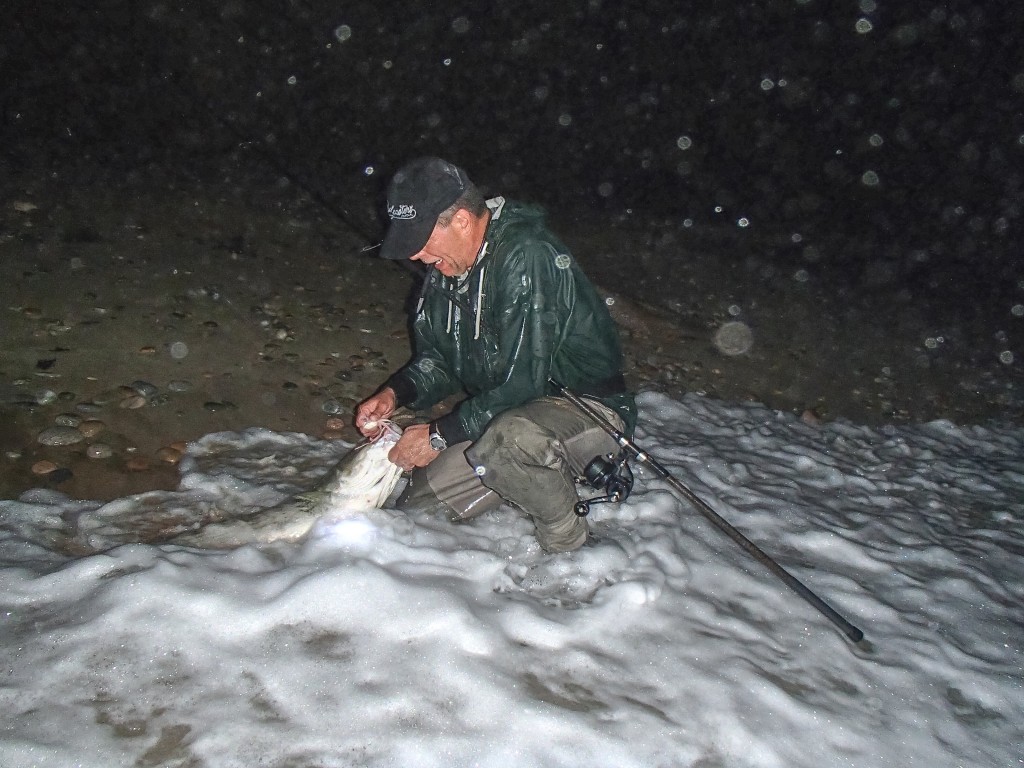 Now that we have this covered, I feel I can dispense some general advice on which lure to use under different conditions. I have to mention that each location on the striper coast has its own little quirks, its own way the water moves around or over the structure, In fact each spot has its own most “productive window”, time when game fish will populate because the conditions are right for feeding. Unfortunately, I cannot help you gain this type of specific knowledge. The one and only way of learning this is to spend time on this particular beach and fish it during all different tide stages and wind directions. You might be lucky and have a friend who will call you once he does all the reconnaissance work and finds a fish. Even if he does, you’ll still have no understanding of why a particular bite occurred. You might know what the productive tide/wind conditions are on that beach but it is he who will posses knowledge and be able to apply it to any location he chose to target. You can try combat this by getting a really good phone so you never miss his call but I can assure you, no one shares information with those that don’t put their time in on the water.
Now that we have this covered, I feel I can dispense some general advice on which lure to use under different conditions. I have to mention that each location on the striper coast has its own little quirks, its own way the water moves around or over the structure, In fact each spot has its own most “productive window”, time when game fish will populate because the conditions are right for feeding. Unfortunately, I cannot help you gain this type of specific knowledge. The one and only way of learning this is to spend time on this particular beach and fish it during all different tide stages and wind directions. You might be lucky and have a friend who will call you once he does all the reconnaissance work and finds a fish. Even if he does, you’ll still have no understanding of why a particular bite occurred. You might know what the productive tide/wind conditions are on that beach but it is he who will posses knowledge and be able to apply it to any location he chose to target. You can try combat this by getting a really good phone so you never miss his call but I can assure you, no one shares information with those that don’t put their time in on the water.
Kidding aside, the easiest way to learn water in front of you and consequently apply this knowledge in assisting you in picking a most productive lure is to take water movement (current speed, wave formation and wave period) coupled with wind direction and velocity, sprinkle some primary baitfish presence into this and it will give you a great starting point on which lure to use.
I categorize my lures into two groups, surface and subsurface. Then I refine my final selection by considering if I will use them in the daytime or at night. Yes, some lures are equally effective in daytime and nighttime but most are not. Since I refuse to carry the entire inventory of a small tackle store in my surf bag I must make some (hopefully) intelligent choices. For example, needlefish and darters are always included in my night bag regardless if I am fishing rocky beaches of Cuttyhunk, MA or sandy beached of Long Island, NY. As productive as they are for me they rarely see the light of my daytime bag. Do they stop catching fish once the light arises over the horizon? No, but they are much less productive then most other daytime lures. Again, you will have to answer to yourself,” how many lures am I willing to carry?” The second question you will ask yourself is,” what do I leave behind if I take these lures?” One constant thing in my bag is lure that I always carry at least a dozen of, in different sizes and colors. It never leaves my bag regardless of conditions, locations or time of the day. Daytime, nighttime or time in between, a bucktail is always in my surf bag. Does this mean I will use it during every trip? Not necessarily but I need to have them with me. Its like a child that clings to its security blanket, I need my bucktails in order for my bag to feel complete. Before you start thinking that I have some strange fetish for these hairy lures, let me put your mind at ease. The reason for my strong affection for these lures is that they work in just about any conditions, just about any situation, from the first day of the season till that last striper kicks his tails and leaves towards Delaware. They work great in fast deep water, fast shallow water, under moderate surf conditions and particularly well under big surf conditions often associated with big storms. About the only time I find them not that productive is in the areas of shallow, or non-moving calm water. Then again, if these are the type of water you fish, find another location or get really good at tossing live eels.